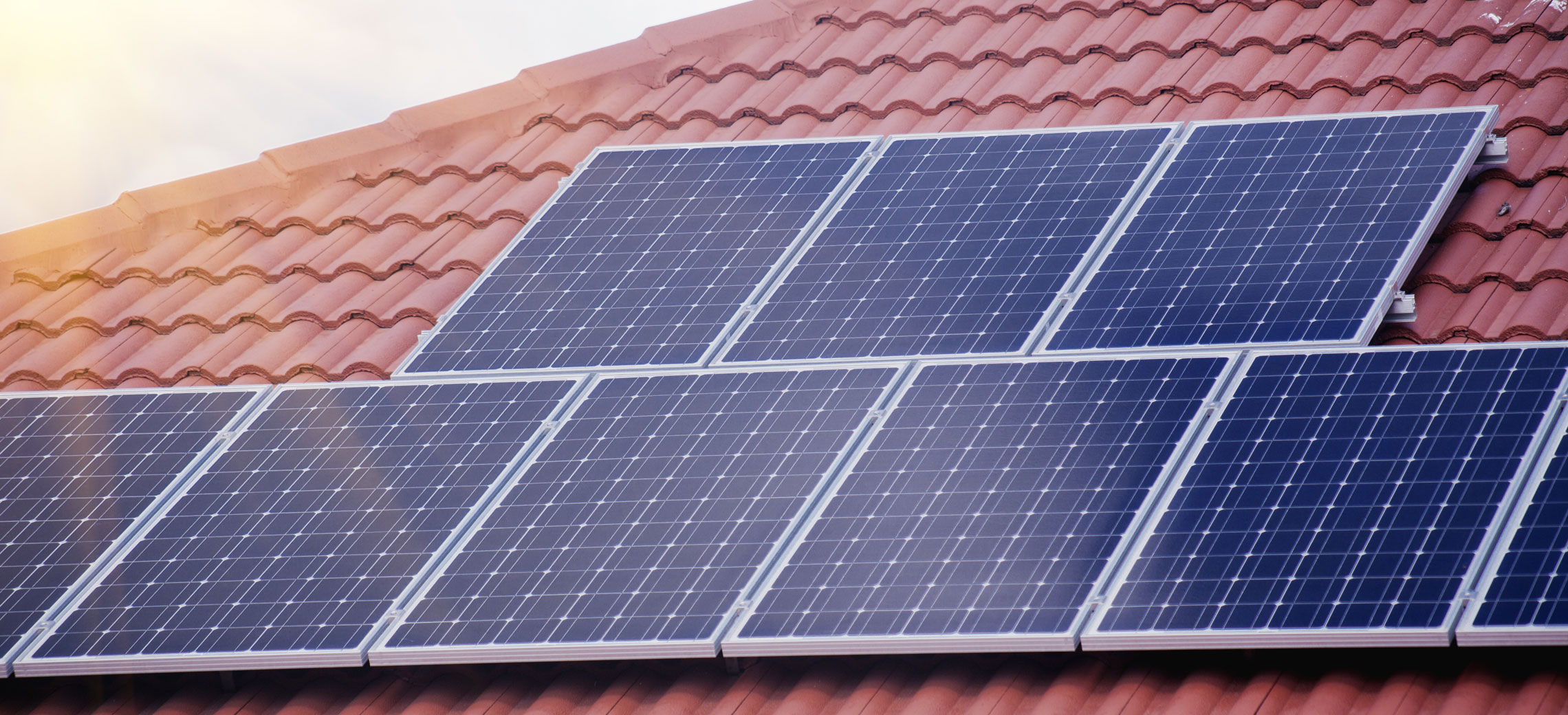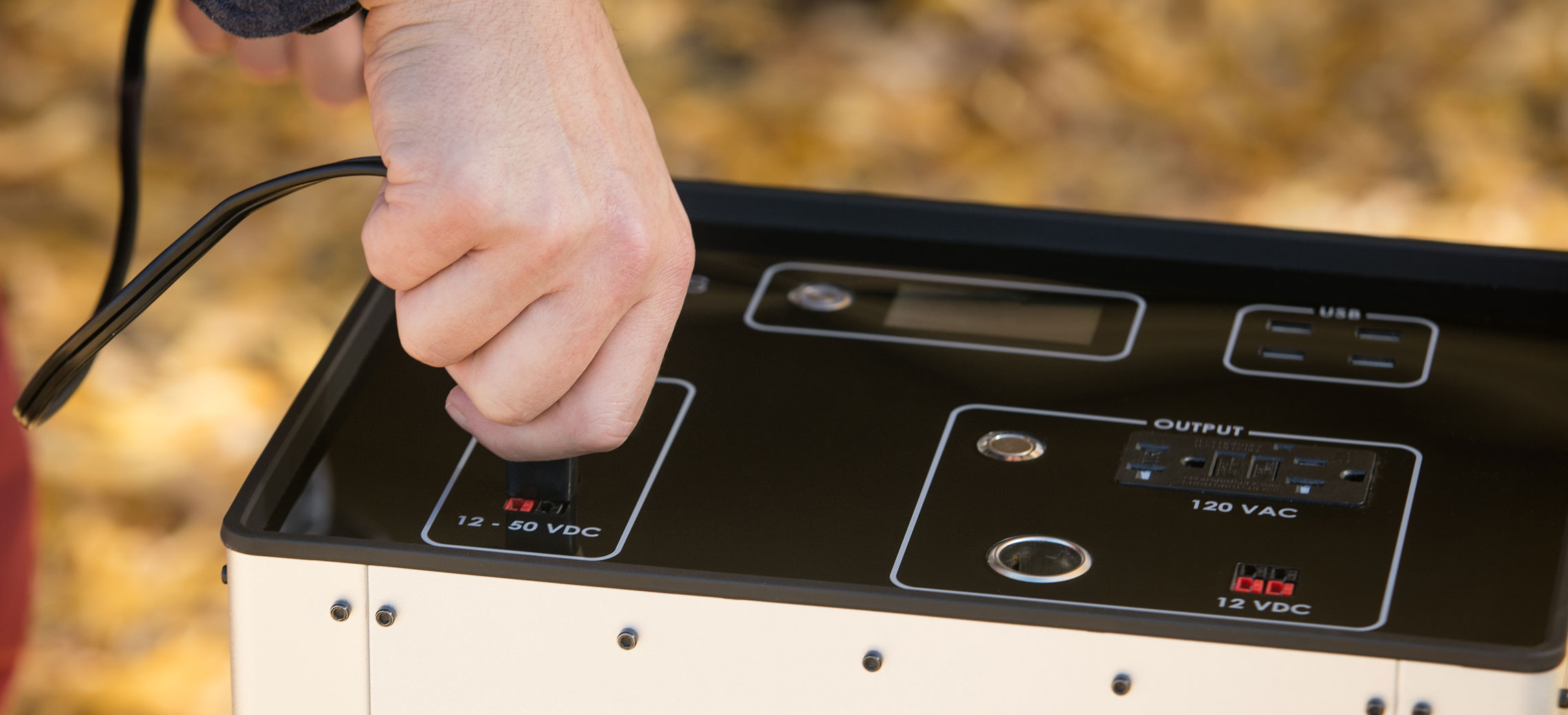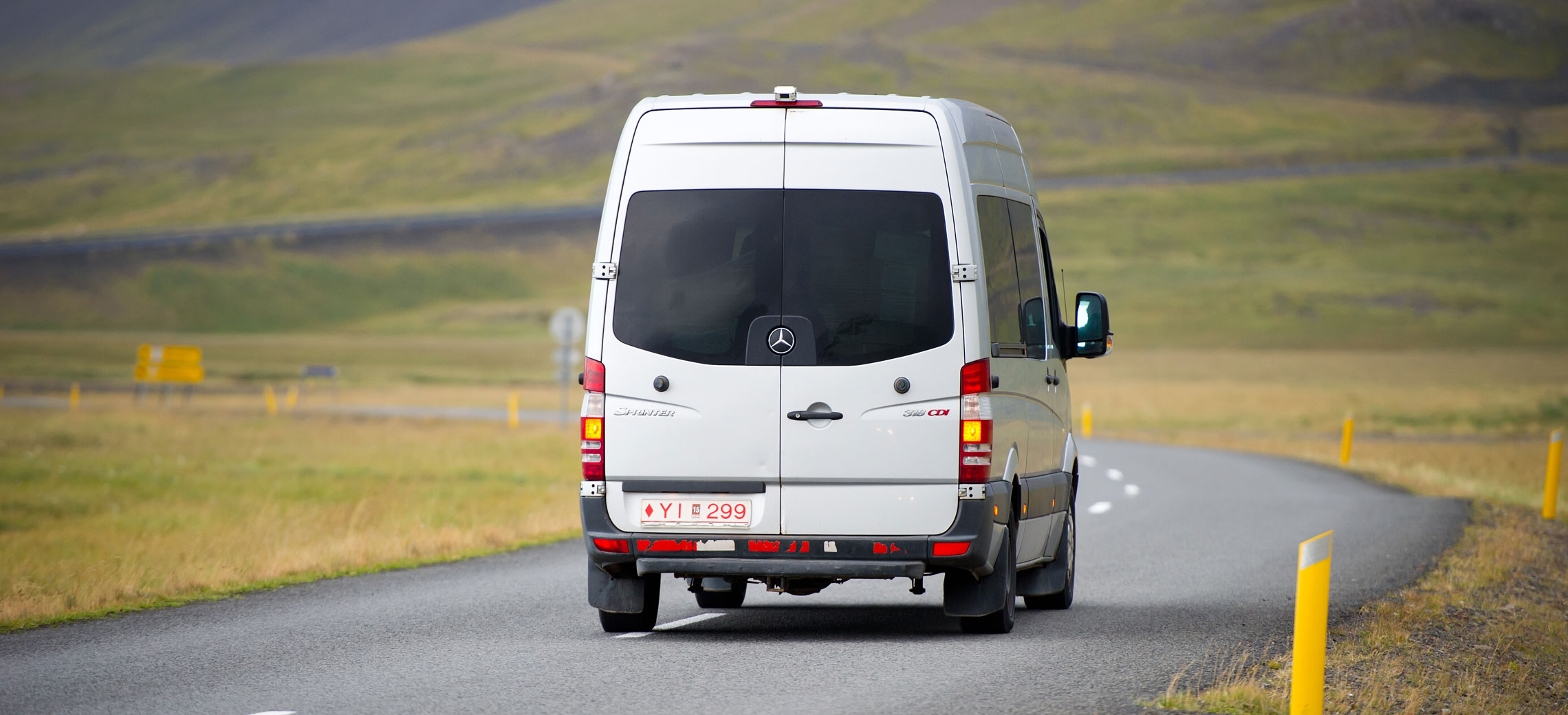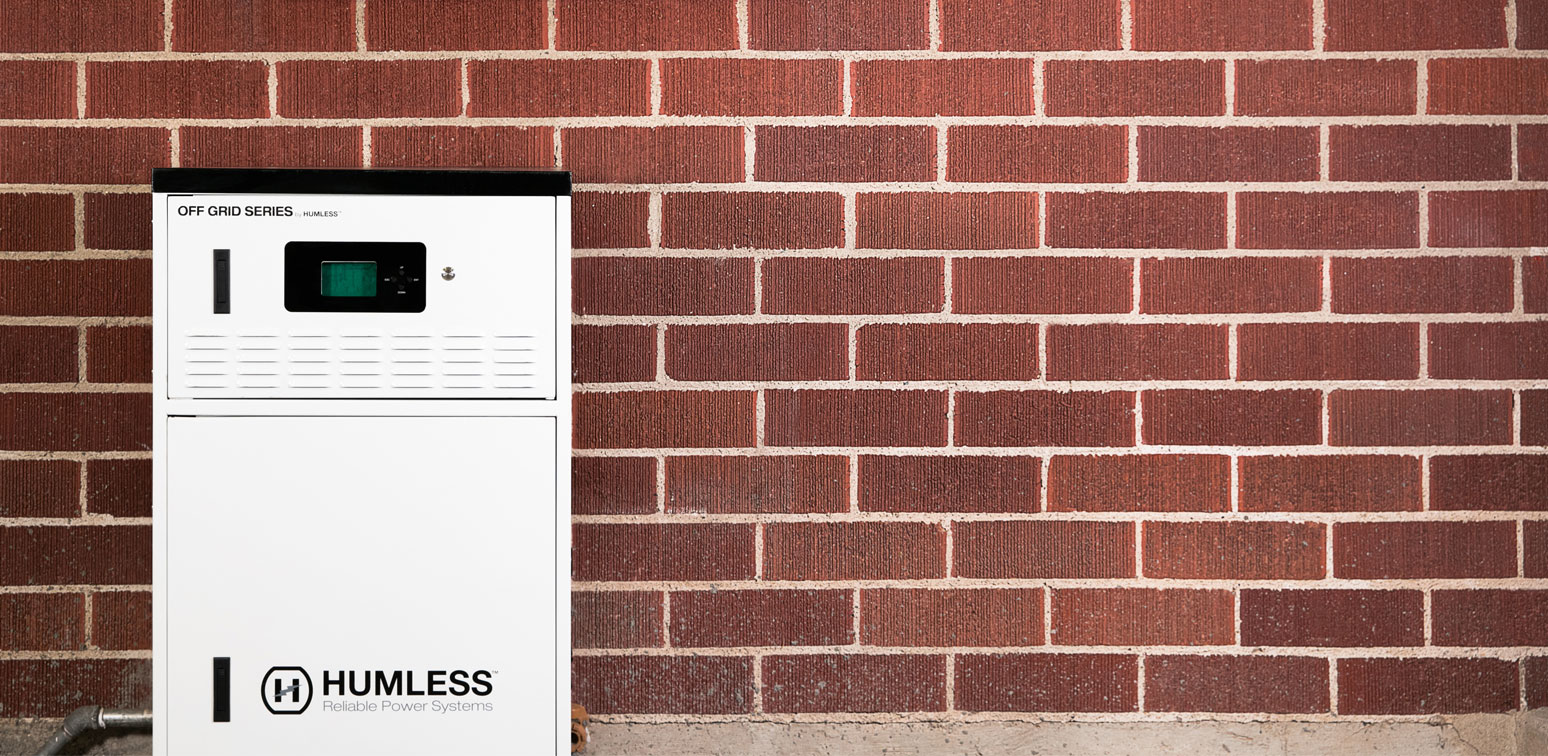
How to Get the Most Out of Your Solar Energy
Photovoltaic panels and storage systems are becoming more and more advanced every year, with modern systems finally able to achieve true off-grid freedom.
But squeezing every last drop out of your solar panel system means getting smart about how you use your panels, and rethinking how you store and use electricity.
Adopting the right mindset can mean the difference between energy dependence and energy independence. Let’s get started!
Store Your Unused Energy
If your solar generators aren’t feeding into an efficient battery system, you’re wasting time, money, and power.
It’s obvious that fuelless generators like solar panels can only generate power when they’re exposed to sunlight, and unfortunately we only have a finite amount of sunshine every day.
Factor in clouds and inclement weather, and the timeframe we have to create energy can dwindle significantly.
Rather than resorting to the electric grid or tossing out all of our energy-hogging appliances, why don’t we store excess electricity in times of plenty and resort to that stockpile at night or during storms?
Unfortunately, most rechargeable batteries meant for use at home or on the go are totally inefficient at storing excess power from your solar panels. To get the most bang for your buck, consider batteries made with advanced Lithium LiFe technology, like
Humless’ HOME and GO series.
Lithium LiFe both stores energy better than standard batteries, and doesn’t lose its power over time. LiFe is the key to stockpiling and hanging onto your hard-earned power, rain or shine.
Figure Out How Much Power You Really Need
While it might make sense to cover your yard with solar panels all the way to the property line, do you really need that much electricity?
Unless you’re running an ice skating rink in the basement, your energy needs are probably far more modest.
Figuring out your total daily energy use is more than just counting up the daily use on all of your appliances and lights—it means deciding what is truly necessary.
The number of solar panels and rechargeable batteries you require depends entirely on your energy needs, so taking a good hard look at your daily usage is key to getting the most out of your solar power system.
Positioning is Key
The tilt of your solar panels greatly affects the amount of energy they can generate. Where you install your panels depends on the orientation of your house, the shape of your roof, available yard space, whether you have nearby trees or other tall structures, and a host of other conditions.
Consult with a professional to figure out exactly where to optimally install your panels to capture the most sunlight possible. While it’s possible to fine-tune your panel positioning to the point where you’re adjusting tilt with the change of the seasons, the energy increase gained by such minute adjustments may not have enough impact on your power generation to be worthwhile.
Your best bet is to get placement right the first time, so that your panels are getting as much sun as possible year-round.
Use the Most Power When You’re Generating the Most Power
Solar noon and your batteries are full? Start running the washing machine and crank up the AC.
Having an energy stockpile in the form of rechargeable batteries is well and good, but to really get the most out of your setup you’ll need to play to your system’s strengths.
That means putting your panels to the test when they’re swimming in sunlight by timing daily tasks to the movement of the sun. For example, charge your laptop before the sun goes down. Get your crock pot started late in the morning to have dinner on the table with peak efficiency.
Of course, don’t go so far in the opposite direction that you’re draining your batteries dry before sundown. Experiment to find the optimal schedule to keep your system fully charged and your life fully functional.
Improve Overall Energy Efficiency
At home, choosing energy-efficient appliances and lighting can drastically reduce your daily expenditure.
Appliances that aren’t in use should be switched off at the wall to reduce power draw, and your home should be well-insulated to reduce the need for heating and air conditioning.
Be Aware of Other Environmental Factors
Solar panels are pretty darn consistent, but there are a handful of factors that reduce their efficiency.
For one, heat. The hotter your panels get, the less effective they become. On extremely hot summer days, you could see a fairly significant reduction in energy production. That’s why choosing high-quality panels is so crucial for year-round energy production.
The other thing to consider is dirt. Over time, your panels will collect dirt, which can be exacerbated in arid climates. Keeping your solar panels clear of dirt and debris can increase their efficiency by 10%.
Choose the Highest Quality Solar Panels and Batteries
Of course, the biggest “secret” to getting the most out of solar is choosing the best tools of the trade.
That means installing highly efficient solar panels with German-engineered monocrystalline cells and advanced Lithium LiFe batteries to store and keep more power than ever before.
Picking the right equipment saves you money, but more importantly helps you achieve real off-grid freedom that just isn’t possible with outdated technology. Energy independence is finally in reach—all you have to do is pick the right solar energy setup.




